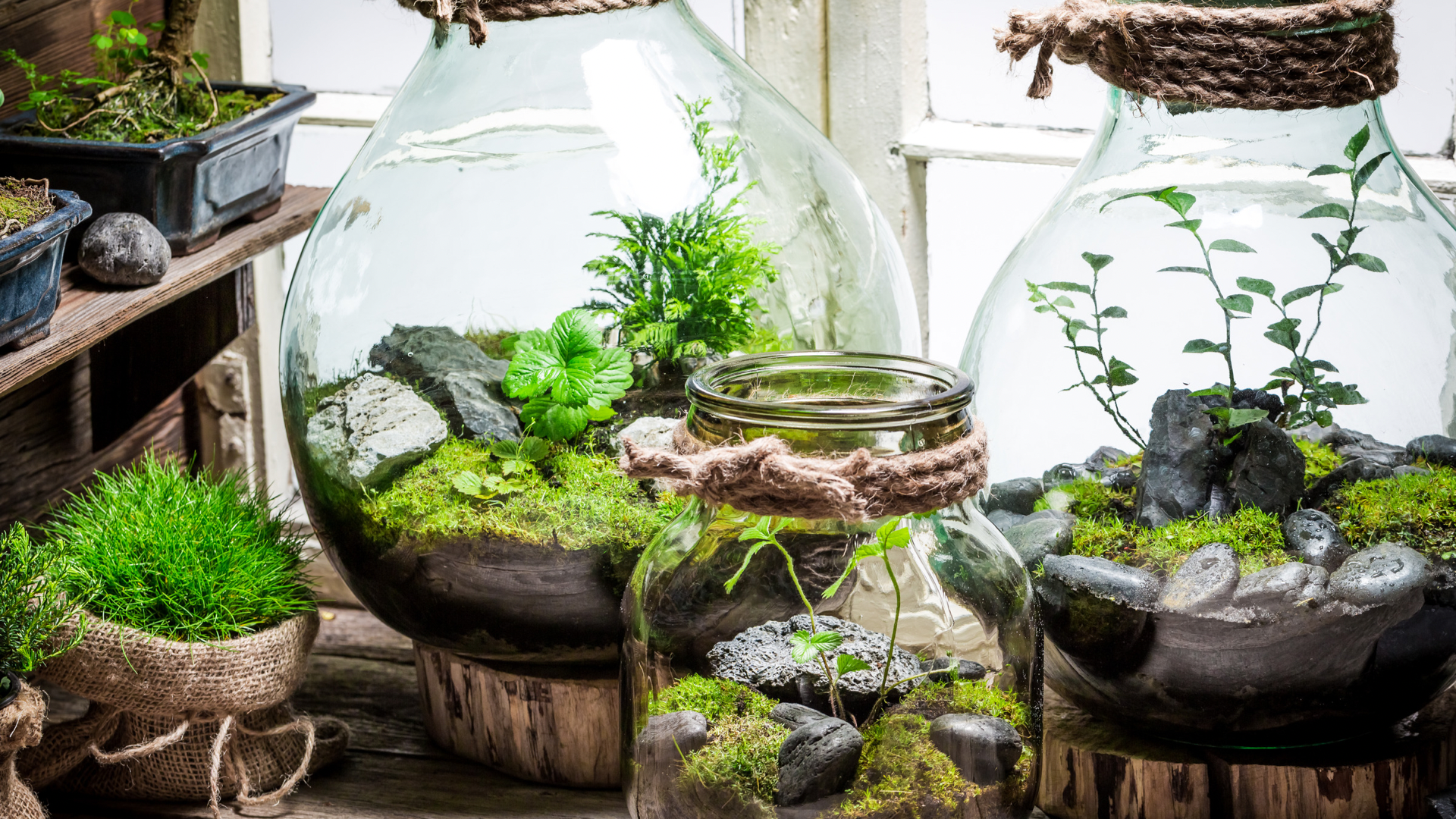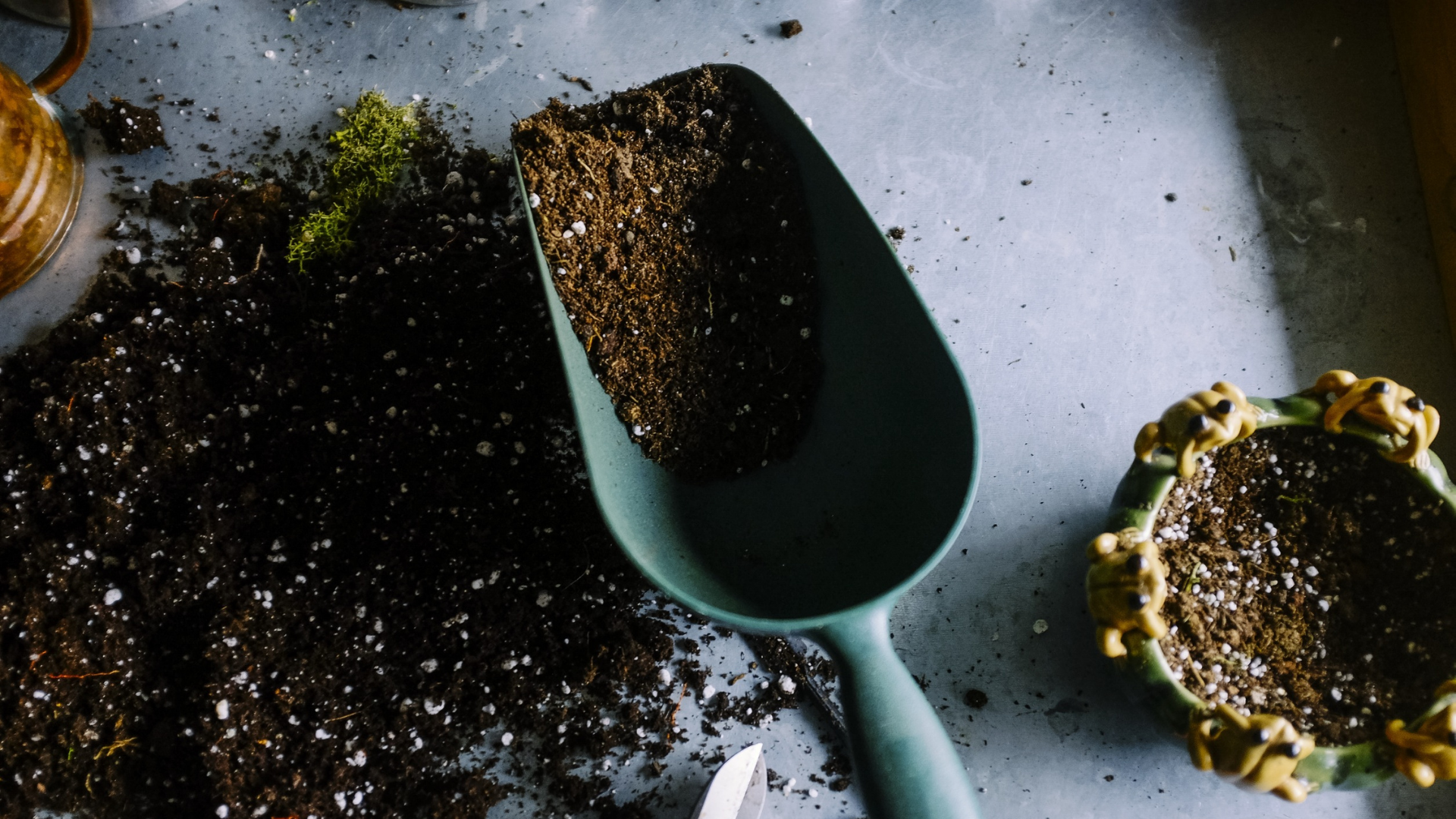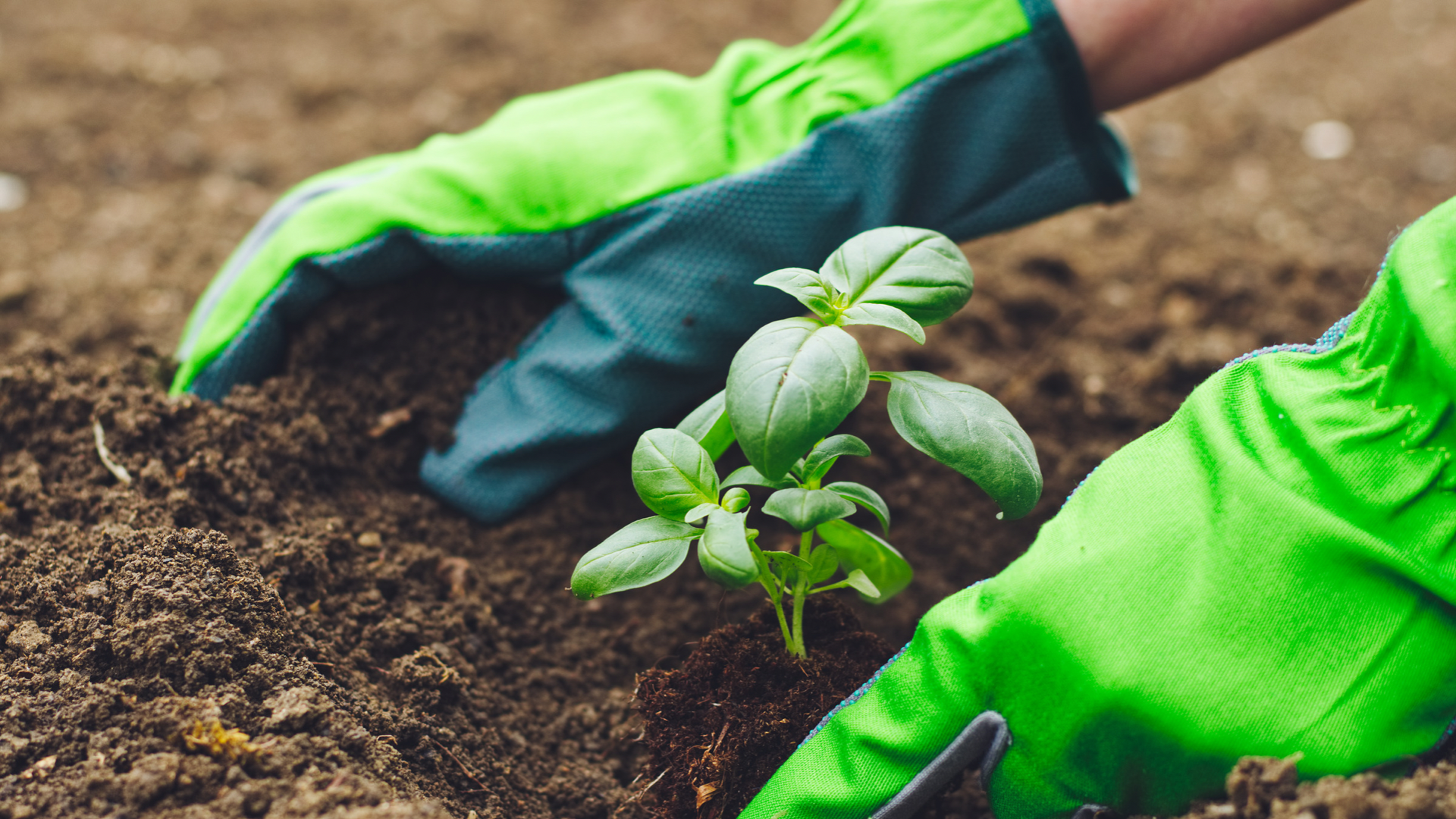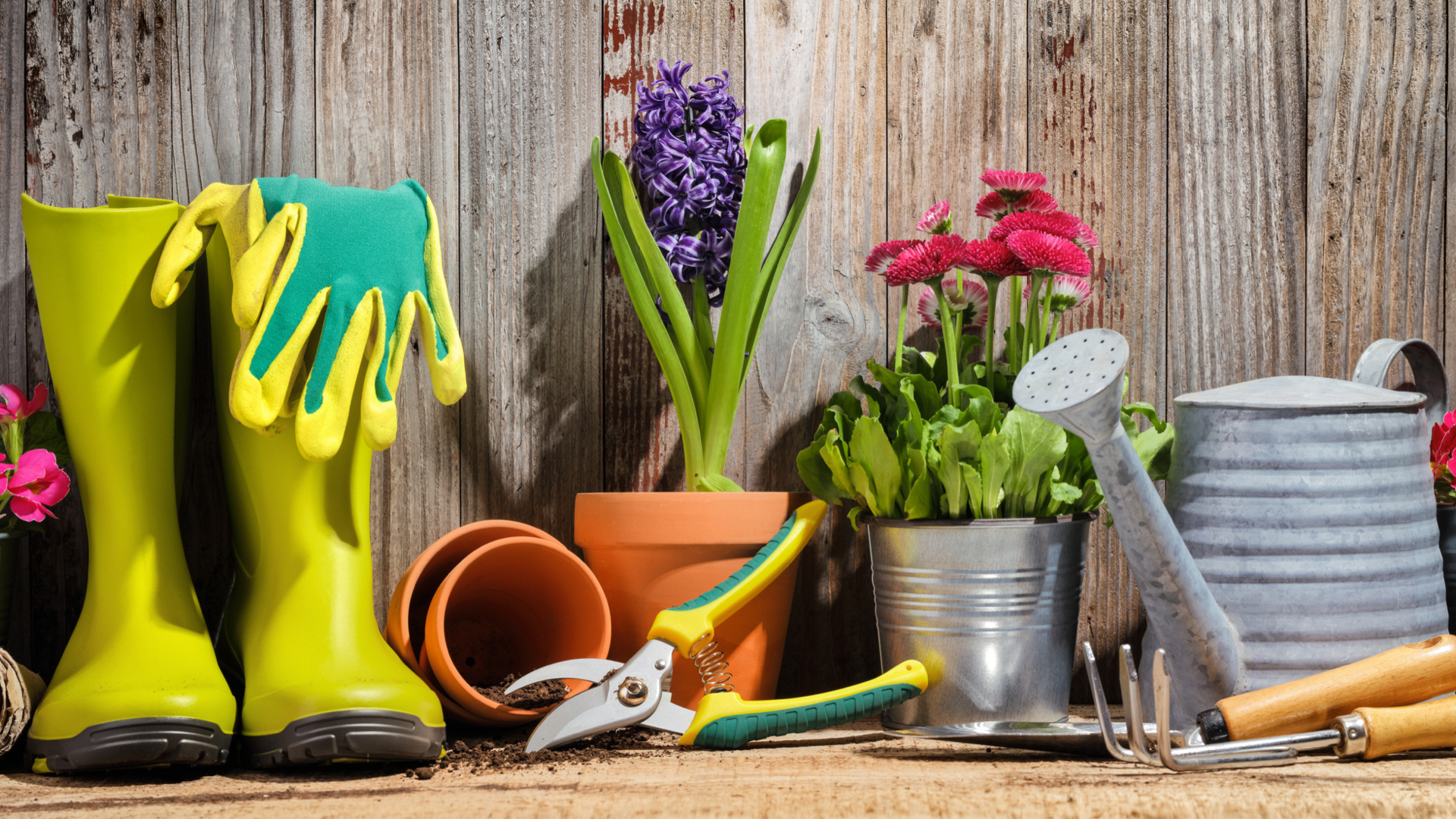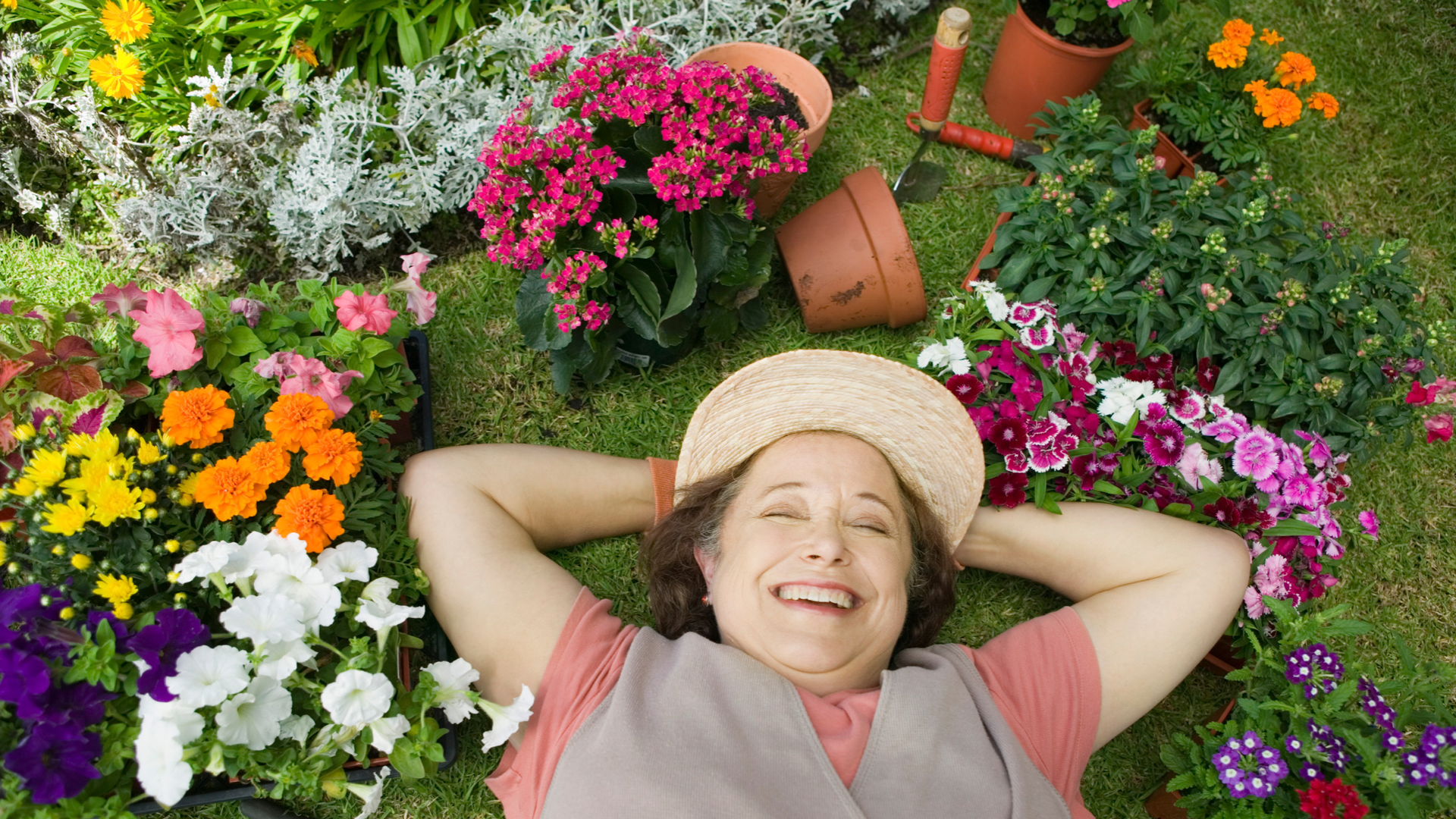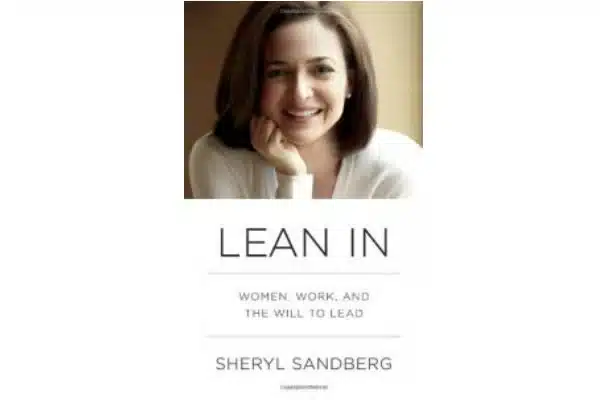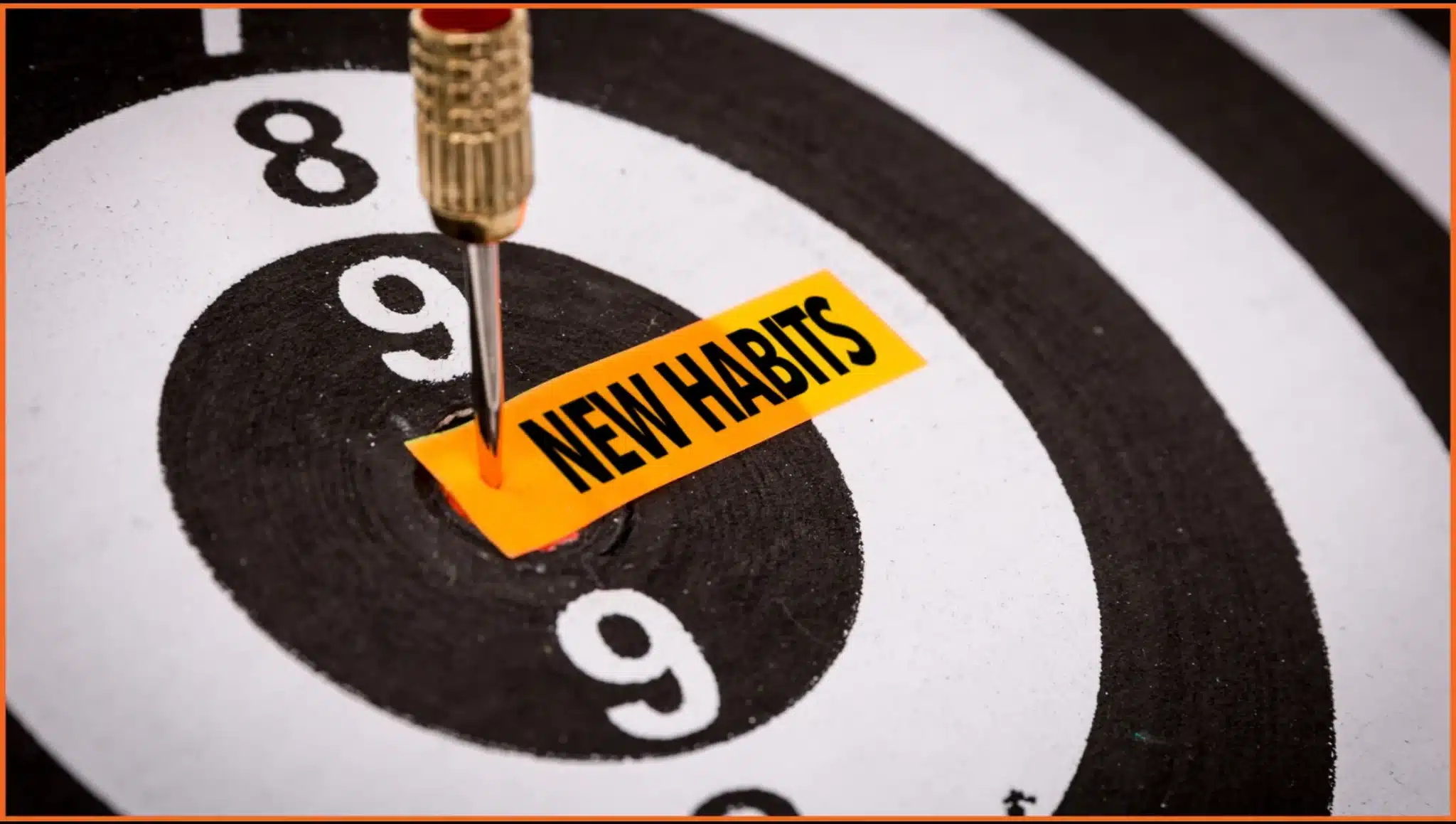The following blog has been contributed by Anne Thyne. She is the Chief Editor at ExpertAquarist. Fascinated by our work, she reached out to us recently. She is a delightful addition to the celebrated list of our guest bloggers.
This lockdown has allowed the Chefs and Gardeners hiding behind corporate suits to truly shine. And, for the ones who are now proud plant parents or the ‘elite’ DIY thrill seekers – gardening is truly an evergreen option! In today’s world of tall buildings and narrow balconies, space is a major issue for plant lovers, globally. And, thus – indoor gardens have become the new outdoor, and rightly so!
By making a terrarium you can quench your thirst for gardening inside your house without any trouble. This unique gardening method allows you to have your favourite plants without taking much space inside your home, and even serves as a great decoration or gifts for holidays!
The best part about making a terrarium is you can make it in an hour and the required materials are pretty easy to collect. And to help you on this adventure, I am here with a 7 Steps guide to build the perfect terrarium –
There is more than one a way of making a terrarium depending on how big you want it to be, but the core method is the same for all. I’ll describe a straightforward process of making a terrarium so you can immediately build one without any sort of trouble.
Required items:
- Container
- Plastic sheet
- Pin or toothpick
- Tweezers
- Gravel
- Charcoal
- Funnel
- Spoon
- Soil
- Skewer
- Cork
- Water bottle
All of these items are readily available at home. And once you’ve collected everything on the list, you are fully equipped for this fun filled adventure! Simply follow the simple steps that follow –
1. Choose The Right Container
Table of Contents
While it sounds like a no-brainer that you need to get a container for making a terrarium, the important part is getting the right one. It can be anything like a vase, jar, or a mini aquarium box.
The necessary part, is whatever container you choose – it has to be smooth and transparent. This is to allow light to enter effortlessly. This is also why coloured containers aren’t recommended for terrariums. this because they tend to reflect light to some extent and hamper plant growth. Another important factor you need to take care of, is the size. Making a vessel out of a perfume bottle sounds creative, but it’s too narrow for some plants. If this is your first time, I’d suggest getting a large enough vessel to accommodate your hand.
There are ready-made terrarium jars that make things even easier for you.
2. Make A Base Layer
After you’ve decided on your vessel, you can start the actual process. Start by placing some pebbles or polished rocks to act as a base layer. Using these will help in giving the terrain a shape as well as aiding in drainage.
Ideally it should be about 1.5 inches, but you may have to adjust accordingly depending on the container’s size. You should leave ample space for the plants and soil at the top.
3. Add An Intermediary Layer
Take a plastic sheet, make holes on it with a pin or a toothpick, and then spread it using a tweezer. This works as a mesh layer that ensures that moisture spreads all the way to the bottom while the substrate gets filtered out. This will prevent any mold generation or rotting of roots. The main goal is for the water to seep into the bottom, evaporate, and condense at the top. It will then fall down as precipitation, mimicking a natural water cycle.
This setup is excellent already, but carbon-fiber glass provides a better result if you’re a perfectionist. Adding a respectable amount of charcoal on top of the mesh layer further helps with the filtration process. The combination is superior to a gravel plus sand or a gravel only false bottom.
4. Insert soil
Hold a funnel, and start pouring soil inside the container. What kind of plants you want in your terrarium will dictate the mix of soil you want to place. If you’re confused, then follow the nursery tag. The soil layer should have a depth that’s at least equal to your false bottom. I ideally recommend 2 to 2.5 inches of soil. Use a skewer with a cork attached at the end to level the soil.
5. Place Plants
Use a spoon to make holes in the soil and put the plants in with the help of tweezers. Trim the roots of the plants as you usually do when you move them. Then start to nestle your plants into the container with the help of tweezers.
6. Provide Water
After the plants are placed properly. You can use a water bottle to add a mist of distilled water inside the container every day. This helps the plants overcome any transplant shock.
7. Lay Decorations
Now that you’ve placed the plants, you’re almost done! All that is left is to add some personality to the container. Add different types of dolls, marbles, pebbles, beach stones, figurines. My personal favourites would be a carpet of preserved moss, to keep things green. It’s your choice how you want to decorate it. Let your inner artist lose!
Maintenance
The best thing about a terrarium is you don’t need heavy maintenance. The ecosystem inside the terrarium does it on its own. The most you have to do is lightly mist your terrarium every day and trim at regular intervals like you would do for normal plants. I’d recommend giving your terrarium some fresh air every 10 days or so.
Additional Tips
Here are a few lesser known gardening secrets just for you!
- Potting soils are a great choice for terrariums.
- When adding soil, start from the far corners – its easier for you to fill the rest later on!
- Plastic containers are a great replacement if you plan to place them in high places or have naughty pets.
- Try going for plants that demand low lighting.
- Go for indirect lighting, direct sunlight sometimes could cause burns.
Best Plants For Terrarium
The main segment of a terrarium is the plant itself. There many plants that grow well inside a terrarium better than others. You’ll have a better experience with a terrarium if you start with one of the following plants, especially the first time around:
- Friendship plant
- Baby tears
- East ndian holly fern
- African violet
- Golden clubmoss
- Croton
- Peperomia
- Creeping fig
If you don’t have a preference for terrarium plants, you can go with anyone of them and not regret a single thing.
Enjoy Your Mini Garden
If you managed to come down all the way down here, then congratulations! You know enough about how to make a terrarium to start making one for yourself.
A terrarium is a crossroad between gardening and art. You’re getting the best out of both worlds. No time to hesitate, all the best!

